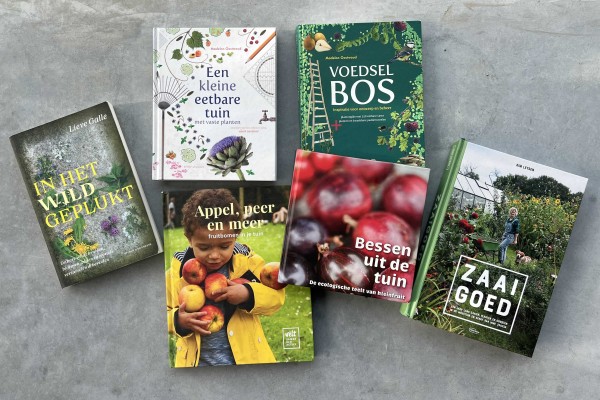
Regenerative gardening and food forests: a sustainable approach for your own garden and vegetable garden
In a world where sustainability and environmental awareness are becoming increasingly important, regenerative gardening and the creation of food forests is a trend that is rightly gaining popularity. These approaches combine ecological principles with food production and provide a sustainable solution for growing food in your own garden and vegetable garden.
Regenerative Gardening
Regenerative gardening is aimed at restoring and improving soil health, conserving biodiversity and minimizing negative environmental impacts. Rather than using traditional monoculture methods, where one crop is grown on a large scale, regenerative gardening encourages diversity. This means you can grow different crops side by side, which promotes soil fertility and naturally controls pests.
Here are some steps you can take to practice regenerative gardening:
- Soil Health: Maintain soil health by minimizing tillage and using mulch to retain moisture.
- Polyculture : Plant different types of crops next to each other to create synergy and increase biodiversity.
- Natural pest control: Encourage natural enemies of pests, such as ladybugs and parasitic wasps, instead of using toxic pesticides.
- Trust nature: Never use chemicals, fertilizers and other artificial interventions such as root cloths (microplastics), but learn to trust the natural regenerative processes of nature, possibly supplemented with natural mulch and compost.
Food forests
A food forest is a system of agriculture in which you plant edible plants, trees, shrubs and herbs in a way that mimics the structure and function of a natural forest. The goal is to create a self-regulating ecosystem that requires little maintenance and produces bountiful harvests. Food forests are an excellent way to grow food sustainably and increase biodiversity at the same time.
How can you create a food forest in your own garden or vegetable garden?
Tree Tiers: Plant fruit and nut trees as the top tier. Choose non-invasive species that thrive in your climate.
Shrub layers: You can plant berry bushes, blackberries and other edible shrubs under the trees.
< strong>Herbs and creeping plants: Add low crops such as herbs, (wild) strawberries, and garlic, which cover the soil and suppress weeds.
Root crops: Underground crops such as potatoes and carrots can be planted beneath the shrub layers.
Creating a food forest takes some planning and patience, but over time it will produce an abundance of food with minimal effort.
Practicing regenerative gardening and creating food forests in your own garden and vegetable garden contributes to protecting the environment, improves soil quality and provides a sustainable way to produce food. It is a step towards a more harmonious relationship between humans and nature, while at the same time enjoying fresh, tasty harvests straight from your own green paradise.
< p>Inspiring films/documentaries:
- Below ground level
- The biggest little farm